Meet the golf club manager: Howard Craft
The club manager at Berkhamsted GC talks about the growing number of golf club managers in their 30s, the challenges involved in maintaining a full membership and an entrance fee in today’s climate and what it’s like being a former greenkeeper in charge of a golf club that has no bunkers.
With two older brothers who both played golf, it was natural for eight-year old Howard Craft to start playing too, learning the sport at Ivinghoe GC near Leighton Buzzard and Little Hay GC near Hemel Hempstead.
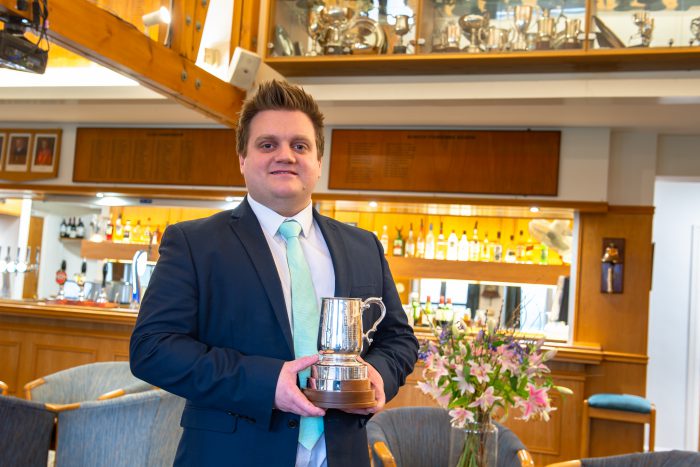
Howard Craft. All images by Andy Hiseman
After playing many sports at school, he did a degree at Swansea University in environmental biology, intending to become an ecologist to work as an ecological surveyor. Post-university, he worked at The Wildlife Trust doing conservation work, and through this secured a greenkeeping job at Mentmore Golf & Country Club, aged 21. After three years there he moved to Redbourn GC as deputy course manager, his first role within BGL Golf. After two years, BGL put him into a Manager In Training programme, having seen his potential as a future general manager.
During this period Craft acted as assistant general manager at the group’s flagship venue, Burhill Golf Club, giving him his first exposure to life at a high-end members’ club. By his late 20s, Craft was running clubs in BGL Golf on an interim basis, and secured his first full-time general manager job at the age of 30, at the group’s Ramsdale Park Golf Centre north of Nottingham. Before long he was also managing another BGL Golf site, Wycombe Heights Golf Centre, handling the two roles simultaneously, before switching to a full-time role at Wycombe.
Howard Craft is married with two children, Sebastian (eight) and Oliver (five), and has maintained a keen interest in the natural world following his formal ecological training. When he has time, and is able to seize the TV, he follows rugby and cricket.
He is a member of the Golf Club Managers’ Association, and is currently on the Club Managers’ Association of Europe’s Certified Club Manager programme, in pursuit of the Club Manager Diploma.
On January 8, 2018, Craft arrived as club manager at Berkhamsted Golf Club, aged just 33.
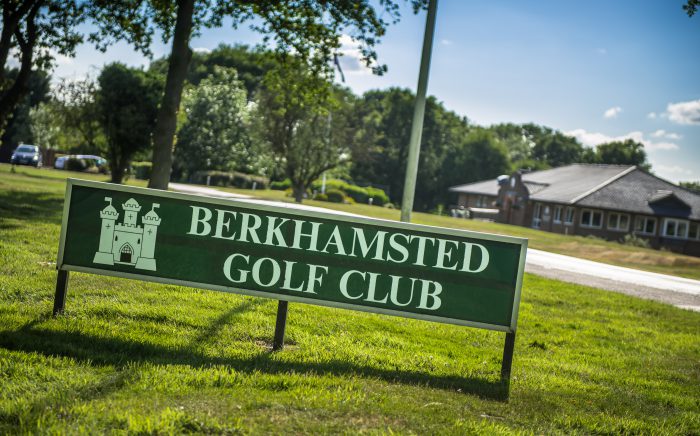
Last year you joined Berkhamsted Golf Club after nearly a decade at BGL. Why the change?
At that point in my career, in my early 30s, I had learnt an enormous amount from BGL, and I will be eternally grateful for what they did in terms of building up my knowledge. It was a great business to be part of, and the Manager In Training programme introduced me to many different aspects of golf club management – I would recommend it to anybody. Through it BGL Golf shows great trust and commitment to developing their employees.
But I felt I needed to experience the other side of the golf industry at a private club. I’d always admired Berkhamsted Golf Club, having grown up in the area, and when I saw the job advertised I wasn’t even looking for a new position – but I thought it was an opportunity too good to turn down really.
I grew up in Buckinghamshire and went to school in Hertfordshire, and Berkhamsted was always seen as the pinnacle of golf clubs around the area. I learnt to play golf, as a lot of kids do, at a small nine-holer – in my case Ivinghoe GC near Leighton Buzzard in Bucks, but Berkhamsted was regarded as the best in the area.

For someone who’s quite an experienced golf club manager, you’re still very young! How have you achieved career progression so quickly, do you think we’re seeing more young golf club managers and, if so, is that a good thing?
I actually thought that my relative youth may have been an issue for Berkhamsted, but that wasn’t what I found during the recruitment process. My knowledge of the food and beverage side of the job, where I was well-trained at BGL, certainly helped me progress my career when talking to Berkhamsted. Food and beverage is a significant factor in a golf club’s finances, of course, and a general manager has to know how to run it properly. It’s a very transferable skill, whether you’re at a proprietary club or a private one. You have to improve service and quality while keeping the figures under control, and I came to Berkhamsted with a very solid food and beverage grounding after my BGL training.
I think the younger club managers in this industry are bringing a slightly different skillset. The arrival of a younger generation of club managers is a sign that the whole industry is evolving. There are more people in their 30s now who see golf club management as a fundamental career in itself, rather than coming to it after a career elsewhere such as in the armed forces or in industry. People are seeing how you can develop a career by working in different golf clubs, which I see as a very positive thing for the industry in the long run.
There is also a welcome rise in the number of female general managers in UK golf. While I was at BGL there were several experienced female general managers including Melanie Drake and Emma Clifford. I think it is crucial for the game to attract more women to club management.
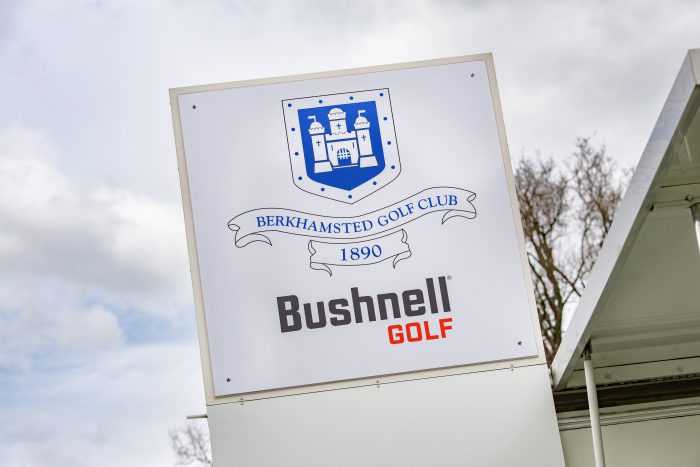
You’ve been running clubs over a period of time that’s seen significant change within the industry, but how do you think the role of the golf club manager has changed over that time?
There is a growing percentage golf clubs being run on a proprietary basis here in the UK, rather than being run by the members, so more general managers than ever before are focused on the profit and loss account. The job is perhaps moving away from the more traditionally administrative role where golf club secretaries dealt with club competitions and matches, and other things closer to the sport itself. But here at Berkhamsted, which is a more traditional private golf club, you definitely need the skillset to do both. You need to understand things like human resources and compliance with health and safety regulations, just as much as being able to engage with customers, and having the greenkeeping knowledge to be able to take decisions on the quality of the golf course.
Another change has been the introduction of new technology to assist the general manager in running a golf club. We use intelligentgolf here at Berkhamsted, for example. We have full web access, I have all the reports I require at the touch of a button, and the members can use it to book into competitions, check their handicaps and so on. We’re trying to reduce our use of paper, printing out as little as possible; it’s all electronic now.

What do you think are your biggest challenges at Berkhamsted Golf Club?
Out on the golf course, the biggest challenge is dealing with golfers’ expectations as regards course conditioning, while an increasing number of tools such as fungicides and insecticides are being removed from the market owing to new legislation.
It’s getting harder and harder for course managers to do their jobs with less resources available to them. That is definitely a challenge.
At Berkhamsted we have made huge strides over the last year in our food and beverage service, and the challenge is now to continue that speed of improvement – if you keep on raising your customers’ expectations, then you also have to keep on innovating and providing them with ever-higher standards in that department.
We are also seeing significant cost pressures from our suppliers; my job is to challenge them, and to make sure we are paying the right price to maintain our profit margins. But at the same time you want to build loyalty and good relationships with those suppliers. However, I feel a strong sense of duty to our members as we are effectively spending their money on the upkeep and services at the golf club. Clearly it’s about finding the best value of money for the members, rather than finding the cheapest supplier for everything.
Another challenge is the crowded marketplace that we find ourselves in, here in the south east. Berkhamsted does have quite a unique proposition with a classic heathland golf course rated inside England’s Top 100, which is to our advantage, and we put that message out there. We are fortunate in that our membership is full, and we have a very strong and loyal support from our members. There is a sound financial basis to the club each year. But in terms of achieving the desired level of society and green fee business, that is always a challenge. We have a price point to maintain which we feel represents the value of playing golf at Berkhamsted, in a market where many clubs discount in order to satisfy people’s financial needs, so we don’t play the price game too much.
We still charge an entrance fee when new members join Berkhamsted, and we don’t offer discounted membership incentives. We manage our yields from things like golf days very carefully – we may do a deal on a Monday afternoon, but not on a Friday in June or July. We have limited opportunities for societies to play here, but of course we do have various off-peak times which we try to manage intelligently.
We like to showcase what you uniquely get when you visit Berkhamsted, rather than selling it as a commodity to be compared on a price basis against other 18-hole experiences.
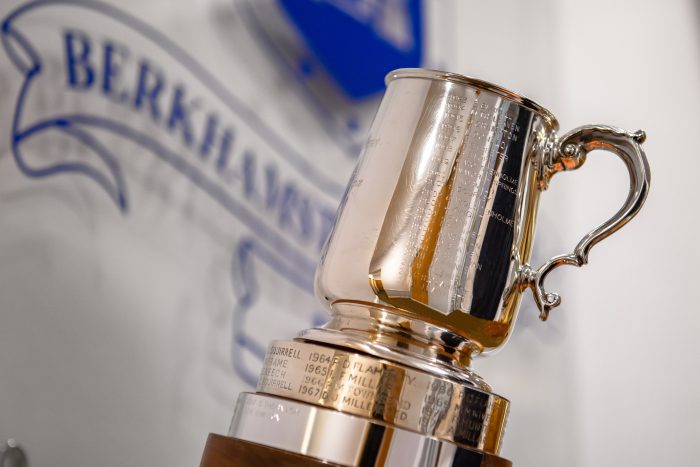
The Berkhamsted Trophy
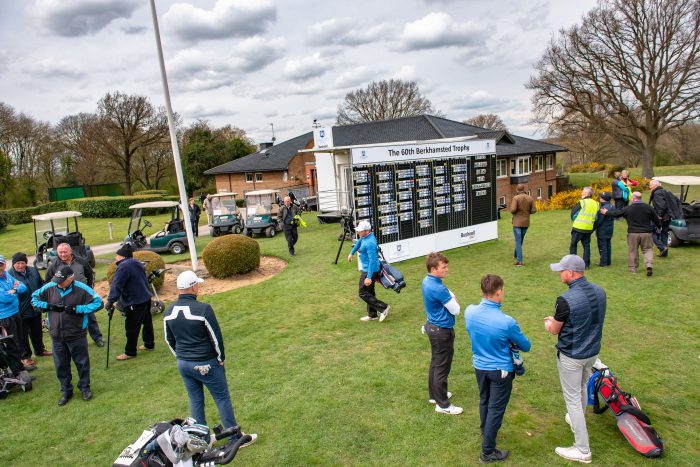
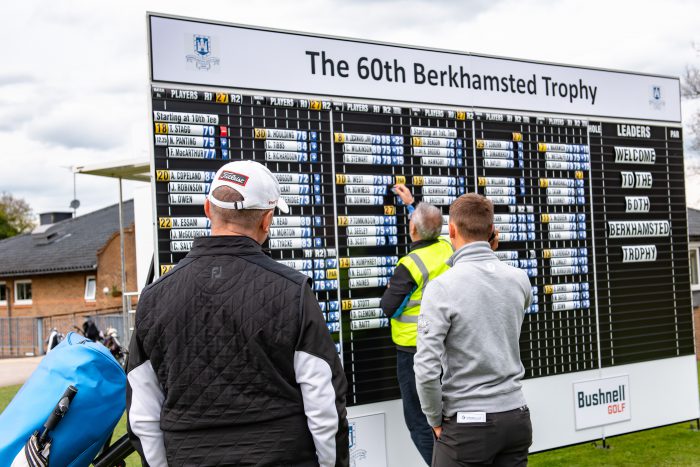
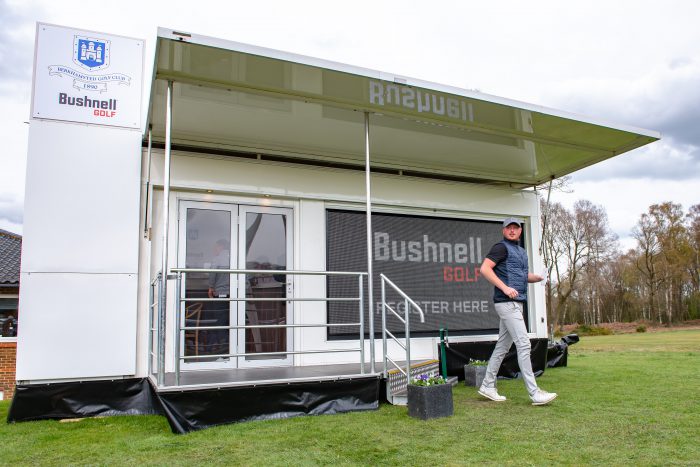
When you took over Berkhamsted Golf Club you said you wanted to make it the best possible club for its members. What have you been doing to help achieve that?
If I could summarise what I think our members want at this club, in one word, it would be ‘pride’.
Members want to feel proud when they bring their guests to their golf club, and therefore I see my role is to provide that quality and service which makes people feel proud of Berkhamsted. Not only proud to play the course, which is special, but also when they walk into the clubhouse to entertain their guests.
So when I arrived I immediately conducted a comprehensive member survey, which gave the me and the management committee an insight into what people really thought about their golf club. It’s vital to avoid any disconnect between club management and the members, so we have listened a lot over the last year and have genuinely taken much of the members’ feedback on. The majority of change was created after getting that feedback. It is good to be ranked inside England’s top 100, for example, and one naturally works at that aspect, but member satisfaction is always the number one priority at Berkhamsted.
I use the Net Promoter Score index to measure our customer satisfaction and loyalty on a daily basis. This is a continuous-feedback management tool which I used at BGL Golf. It gives you a quantifiable figure whereby you can gauge trends and work out if what you are doing is having an impact on your members’ satisfaction.
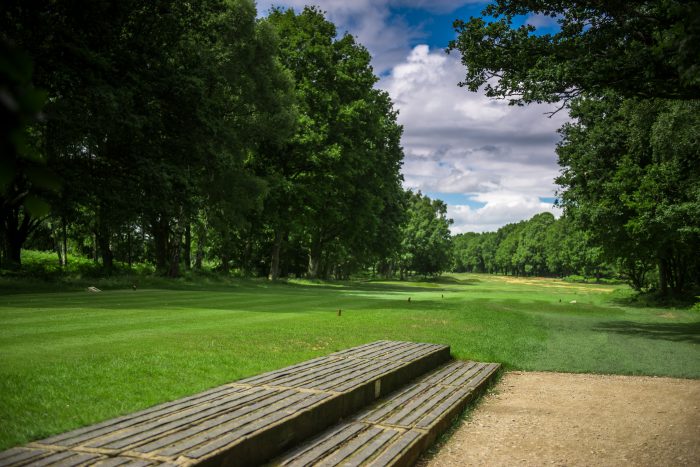
The course is highly rated and famous for a number of things, including some of the names that designed it and its lack of bunkers; can you describe the course to us?
We like to say that, at Berkhamsted, you are playing ‘golf as nature intended’. We have no man-made hazards here. We have a lot of heather, a lot of gorse. We’re a heathland course, which is a rarity in Hertfordshire. We take pride in creating a traditional golf experience – we don’t try to produce lush green fairways, we focus instead on producing natural surfaces where you need to play traditional shots like the bump and run. It’s not target golf! It’s not the longest golf course, but if you miss the fairway you are punished. It’s definitely not a pushover, and our members’ handicaps travel very well.
Actually it’s not technically correct to say we have no man-made hazards. We have various bomb craters here, from back when Berkhamsted Common was used for army training during the Boer War and the First World War, including mortar training and tank driving which certainly created an interesting landscape for golf.
We also have Grim’s Dyke, which is man-made as well although admittedly it’s an earthwork from the Bronze Age. Similar ditches stretch throughout quite a lot of England’s south east, and although their purpose is uncertain they probably served to demarcate territory. Our version, which starts north of here in the Chilterns, runs through several of our holes. You’re hitting over Grim’s Dyke onto a green several times at Berkhamsted. We work closely with Historic England to ensure that we don’t contaminate the Dyke, and feel a sense of obligation that we are there to preserve the landscape.
We also have a Roman villa on site: this was excavated in the 1930s by pupils at the local school.

Given how successful Berkhamsted is without having bunkers – and how expensive and time consuming they can be to maintain – should some cash-strapped clubs consider reducing the number of bunkers they have?
If you ask a lot of club managers what their customers’ biggest gripe is, it’s usually bunkers. They are hard to maintain, it is hard to get a consistent playing surface and depth of sand, then there are matters like drainage, stone contamination and keeping the edges trim. As a former greenkeeper I know how hard it is to get bunkers pristine! Without investing in expensive lining and fresh sand it is very hard to please people with them. I’d say look at the playability of your golf course. Bunkers are difficult, they slow down a round. Does that bunker serve a purpose in its location? If it isn’t impacting the round for most golfers, ask yourself, is it necessary? Or could it more easily be a grass bunker, which is easier to maintain? So I would certainly advocate losing bunkers if there’s a case for it.
However, this doesn’t mean that the Berkhamsted greens’ team have an easy life! We hand-cut our tees and approaches here, it is a very labour-intensive golf course to maintain. We have a lot of small yet acutely-sloped natural mounds here, as many golfers will know. They are one of the signature aspects of the golf course, and they all need cutting by hand with hover mowers, so the labour time we gain on not having bunkers we lose again on keeping our mounds and hollows around the greens. We tend not to have large-scale mowers out there, the vast majority is hand-cutting at Berkhamsted.
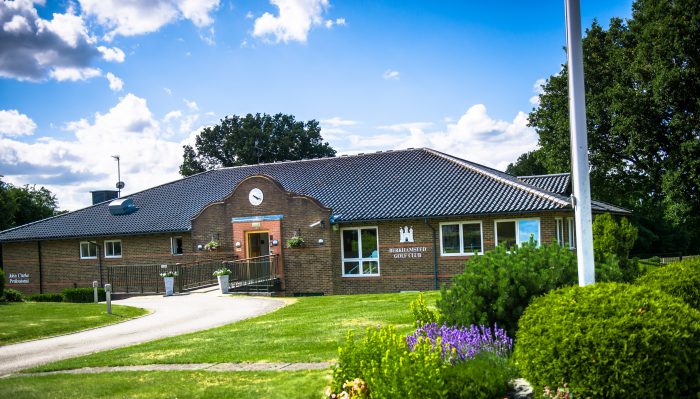
The club is famous for The Berkhamsted Trophy – can you tell us a bit about this?
It was started 60 years ago by Harold Rance, a very long-standing club member. His name’s all over our honours’ boards – he won at least 50 significant club events. The Berkhamsted Trophy is an elite men’s amateur event, run by our members. It used to be a one-day 36-hole event in March, but a few years ago we moved it to April, registered it as a World Amateur Rankings qualifying event, and in 2016 it became a three-day 72-hole event.
It now stands as the most significant early-season elite men’s event in the annual England Golf calendar. Former winners include Sandy Lyle, Luke Donald, Gary Wolstenholme, Andy Sullivan, Tom Lewis, Graeme Storm and Peter McEvoy, and despite our relatively short length and lack of bunkers, Berkhamsted never gets taken apart! In fact over the last two decades the average winners’ scores have gone up, not down.
We are all tremendously proud to host it each year, and being the venue for an event of the trophy’s pedigree is a big part of why Berkhamsted is so desirable to visitors.
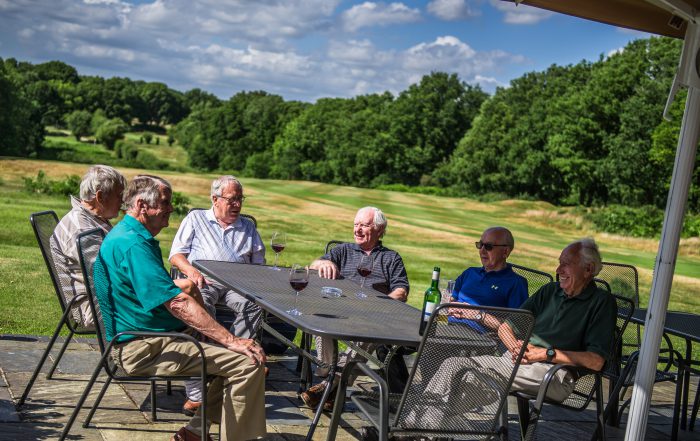
Last year the club appointed an external marketing agency, Magic Hour Media. How does having a company like this help the club to attract potential new members and visitors, and retain existing ones?
We used external agencies at BGL both for PR and for digital marketing. As a general manager you wear many hats, but sometimes you need to pay for specialists to get a job done properly. I also try to quantify the time it would take me to do that part of the job, and it would probably take me much longer to create those stories, adverts and marketing collateral. So I see it as good value for money.
Many golf clubs are relatively active on Facebook and Twitter, and most club managers have a LinkedIn account. Last year Berkhamsted joined Instagram and has been quite proactive on it since – how’s that working out for you? Have you exploited a potential gap in the market?
In my recent roles elsewhere, 95 per cent of our marketing was digital, primarily through Facebook and Google AdWords. I look at social media slightly differently now, at Berkhamsted. Here it is more about creating engaging content for our members to see. So at a function we may share an Instagram photo of a dish which our head chef has produced, for example. We don’t tend to use social media to try and sell the club to visitors, particularly. Instead, the content which we create tends to be shared by our members with their friends, so it is more an indirect sales tool.
I’d recommend having a social media presence, but you need to first understand what you are doing it for rather than just jumping on there and posting content every single day.
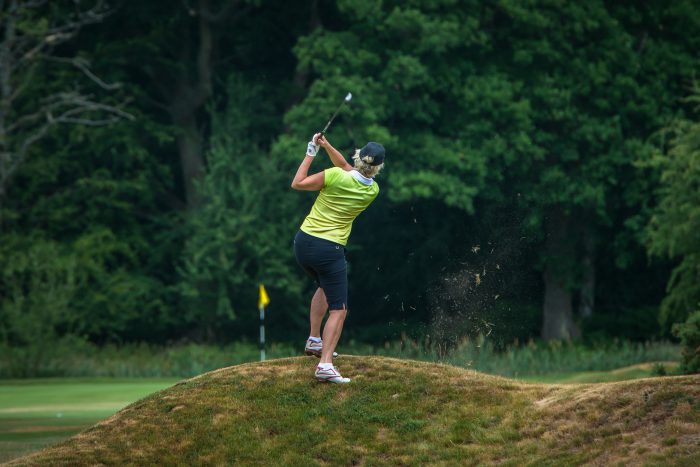
Is Berkhamsted trying to attract more women and juniors to the facility?
Yes, certainly. We’ve had a successful ladies’ academy for several years, but recently we have reorganised it and are now putting on a large extra amount of complimentary lessons for ladies to get their handicaps. Ours is a tough course to learn to play on, but with the support of John Clarke, our head pro, our lady captain and ladies’ committee, feedback has been very positive and we’ve seen a recent increase in uptake of new lady golfers coming to Berkhamsted.
A lot of our junior members, as at many clubs, are related to an existing adult member. I see it as the club providing a service for members’ children and grandchildren. We allocate a percentage of adult member competition entry fees to supporting our juniors, so we provide complimentary lessons and support our junior team when they play matches. We are also in the process of restructuring our junior operations in a similar way to our ladies’ academy section.
In recent years we have seen some fantastically talented juniors come through the ranks at Berkhamsted – most notably Alice Hewson who recently finished a superb T10 in the inaugural Augusta National Women’s Amateur tournament, held on the weekend before The Masters. Alice is a Curtis Cup player, currently at college in the USA, and the whole club will be excited to see what happens when she eventually becomes a full-time tour pro.
We also have Hannah Screen who represents Berkhamsted GC when she plays for England, and we also have another England International in young Ben Pierleoni who came through our junior programme. We don’t go for quantity with juniors at Berkhamsted, but we certainly produce quality! We’ll be supportive as they all progress their careers in golf.

What is the club doing to enhance profitability of its food and beverage operation?
This was one of the major items I was tasked with when I started at Berkhamsted.
I always feel that when someone joins a private members’ club they feel it is ‘my club’, so we should not only provide what members want, but we should also offer our menu at an advantageous price. In other words we need to supply our members with a restaurant-quality experience, without charging full high street prices. That can be a challenge, but after my first year we have made significant improvements in this area.
For example, we now make all of our own bread in-house. We have a very talented head chef and kitchen team, and they produce delicious ‘Berkhamsted Bread Rolls’. Also, although a lot of golf clubs have recently gone away from offering a traditional Sunday lunch menu owing to a lack of support, we have gone the opposite way by putting this back into our schedule – which has increased our revenue, as well as increasing our margin and indeed the quality of the Sunday lunch itself. This came directly from member feedback – they didn’t mind paying a little more provided the quality was there. This is very satisfying for the whole team! It’s been a win-win all round.
It’s a similar thing with the bar. We work with brands which we feel are suitable for the club’s positioning at the connoisseur’s end of the game in the south east. For example we have a large gin selection, over 35 choices, and again that is based on member feedback. Many of our traditional lager-drinking male golfers have moved onto gin, as a result.
To sum it up, we try to provide quality, and to do something different from other golf clubs. And this brings us back to the pride which our members feel at belonging to Berkhamsted Golf Club – it definitely applies to our food and beverage service too.
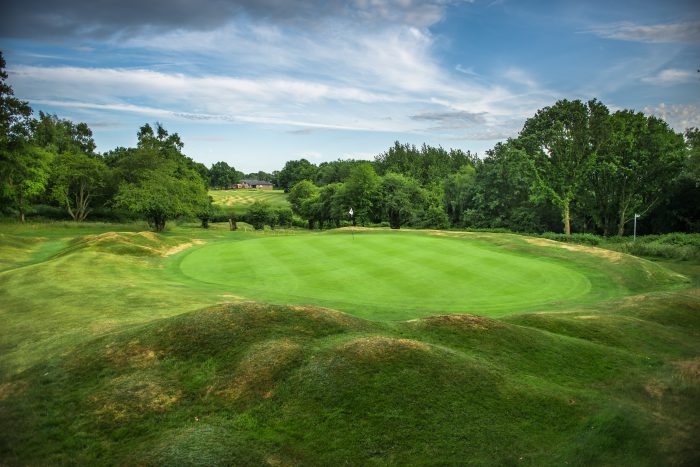
In your time at BGL you became an expert in budgeting – do you have any advice for fellow golf club managers about this area?
Try breaking it down to three areas: people, product and profit. In that order of priority. Your people are always key to any golf club, including both staff and members. If my staff are doing their jobs properly, the members will be happy. Get your people right and you’re fundamentally okay.
Then you work on your golf course and the food and beverage. If both of those products are there, the profit – and the budget – should look after itself. But it has to be sustainable. You need to spend money where it needs to be spent, rather than always cost-cutting, and always try to remove volatility out of your profit and loss. In golf, you never know what the weather will bring, so ask yourself how do I mitigate against, for example, unseasonably wet weather in my budget plans? If your club is relatively rich in capital, like many still are, you have to continuously reinvest in your golf course and your clubhouse.
Our financial year matches the calendar year, and I quote enjoy the annual budgeting process. It gives you the time to sit back and think long and hard about the club, where it is currently, where you want it to be next year, and how the business plan looks. What are your club objectives? Don’t just look at last year and add a bit on!
With a committee, such as we have here at Berkhamsted, sometimes it can be hard to maintain continuity and stick to a constant agreed direction across multiple years. This is something we work on here at Berkhamsted, taking care to ensure that our key strategic investments are clearly agreed. We have to spend our members’ money wisely, and we have a clear five-year plan.
For example, we recently invested circa £350,ooo in a new golf course irrigation system, and further clubhouse refurbishments are likely to ensure that we can provide what’s needed over the next 20 years.
Berkhamsted’s golf course has famously been relatively untouched for decades now. Are there any major course changes planned in the future, to account for changes in the modern game?
We don’t have any fundamental course changes planned, as this is natural Berkhamsted after all, but we do have an extensive heather regeneration project ongoing which is a source of pride to us all.
Our course manager, Gerald Bruce, has been here over 30 years, and our chairman of greens has been involved with that side of the club for many years now. They take a long-term view of things. We work with the STRI to keep ourselves informed about the condition of our golf course.
And I can confirm that there are no plans to introduce bunkers at Berkhamsted!
The feedback we have is that the golf course improves every year, in terms of condition.
And if you look at the scores from the annual Berkhamsted Trophy, despite new golf technology and stronger, fitter golfers, nobody ever takes the course apart and average winning scores have actually risen, not fallen, if you compare the last two decades. It is standing up well to the test of time.
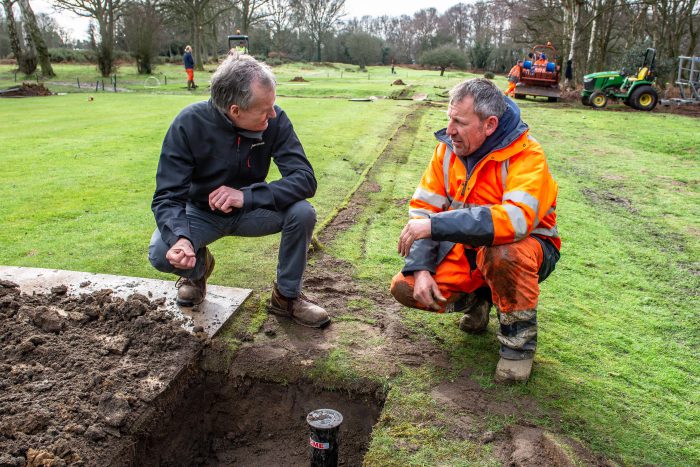
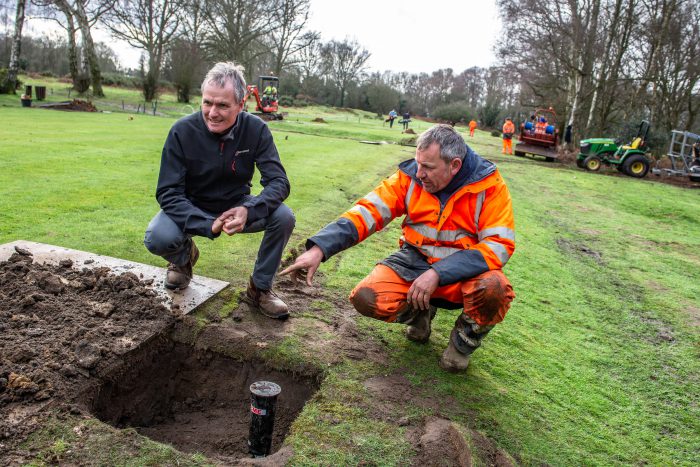
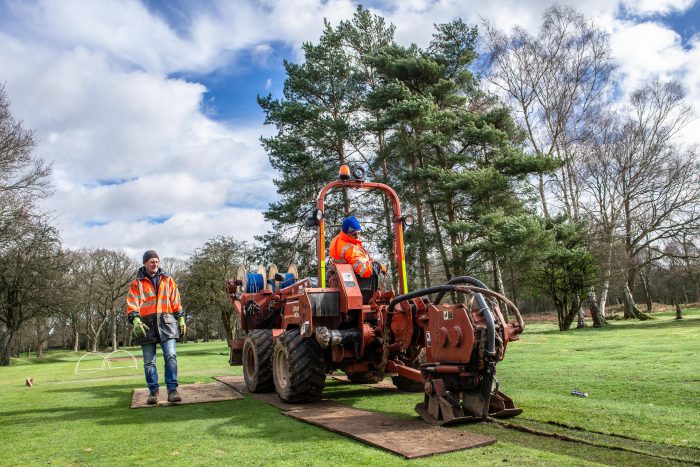
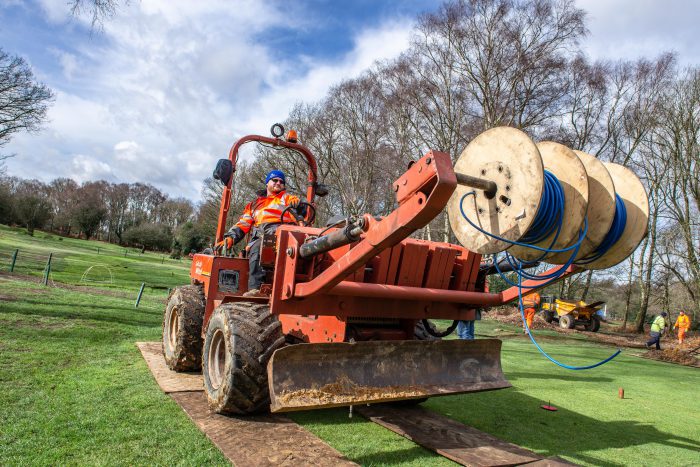
In your still relatively short time at Berkhamsted, has Brexit impacted on the club?
I’ll not reveal my political views here, but I feel confident that our supply chain won’t be too badly disrupted by it. I don’t foresee a significant downturn in business as a result. As a golf club manager it’s not front of mind every day! Are people more likely to look inside the UK for their next golf holiday, while there is Brexit uncertainty! Yes, that might be the case. We take annual bookings from people booking high-quality golf tours and logically people may be, for the time being, looking a bit closer to home while it all sorts itself out.
As regards ethnic diversity, how would you rate Berkhamsted’s game as regards embracing other cultures and ethnicities which are different to the traditional English golfing audience?
We do have a diverse range of members, and we work hard to improve our standing in the local community. We don’t ask our members for their nationality, for example.

What is the current membership size at Berkhamsted Golf Club?
Including social members we currently have just under 800, which perfectly suits a club of this size. In April 2019 we re-introduced a waiting list for new members, which I think shows that we are in good health as a club, as regards demand for memberships.
I realise that we are in a relatively fortunate position to be able to run a waiting list, but I like to think it is due at least in part to the changes which we’ve made here in the last year or so, after our member survey. People do talk widely to each other, away from the golf club, and I feel that our word-of-mouth is very positive at the moment.
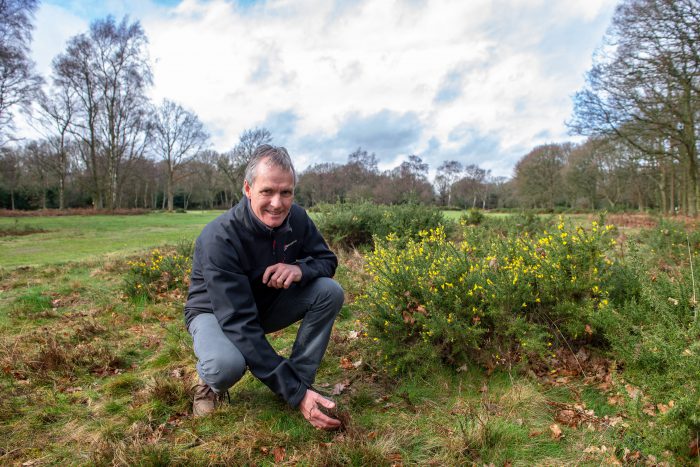
Course manager Gerald Bruce
What can a group expect from a golf day at Berkhamsted, and how do you look after customers who arrive in a group?
They expect a quality experience from the moment they arrive. From the moment of booking, Janet Proudfoot, Assistant Club Manager, is very experienced and looks after exactly what they need. Les, our starter, gives every arriving group a personal touch, and looks after them on the day itself, and they are guaranteed a great breakfast (with that wonderful Berkhamsted Bread) which may be different to what they are used to at other golf clubs. Also, our head pro, John Clarke, has been here for over 30 years, and is a well-known local golfing personality who is very good at giving visitors the essence of golf at Berkhamsted. Most of all they can expect a memorable golf course which is different from almost every other one in having no bunkers and being entirely natural!
Contact: Howard Craft,
Berkhamsted Golf Club,
01442 865832, howard@berkhamstedgc.co.uk















Let me tell You a sad story ! There are no comments yet, but You can be first one to comment this article.
Write a comment